The following original articles provide educational and thought leadership pieces relating to Intelligent Transport Systems. The collection will continue to grow, so make sure to check back for new items!
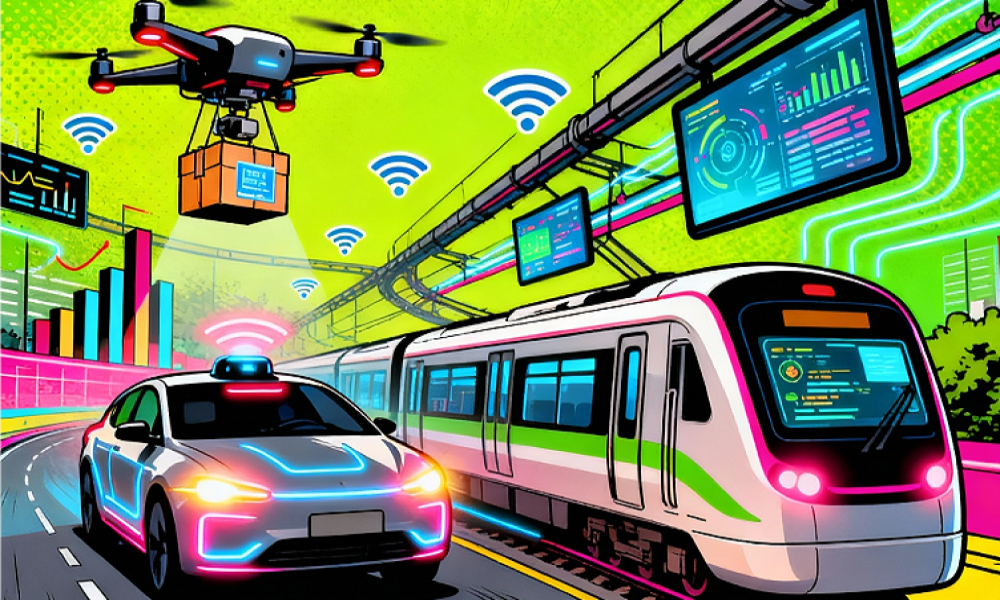
Safety and Resilience
Building Trustworthy Mobility for a Complex Future
This article explores how intelligent systems can strengthen safety and resilience across increasingly complex transport networks
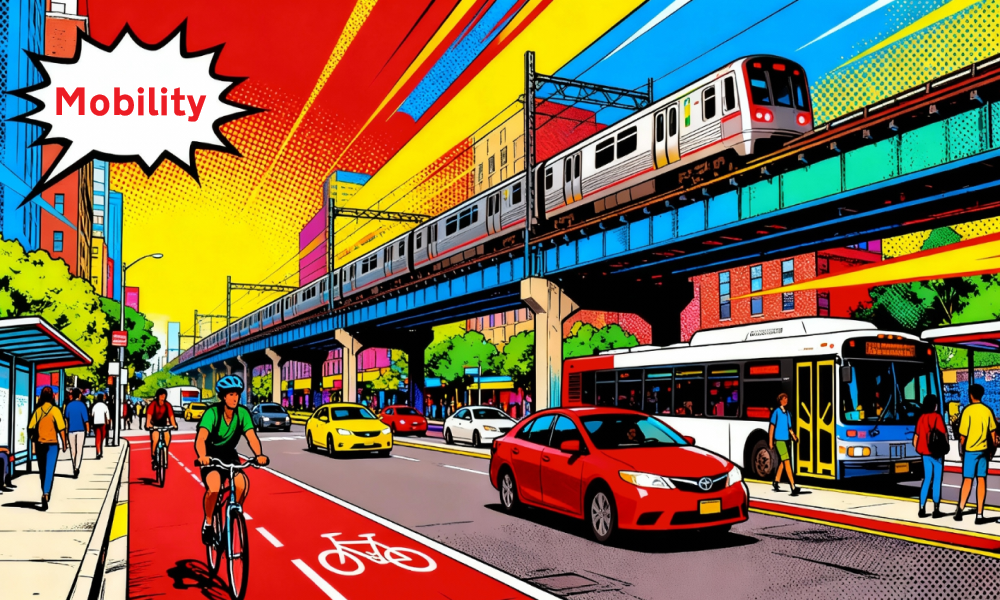
Multimodal Mobility
Building Trustworthy Mobility for a Complex Future
As cities and regions evolve, mobility systems are being reshaped by rapid technological change, shifting user expectations and the urgent need for more sustainable, inclusive transport.
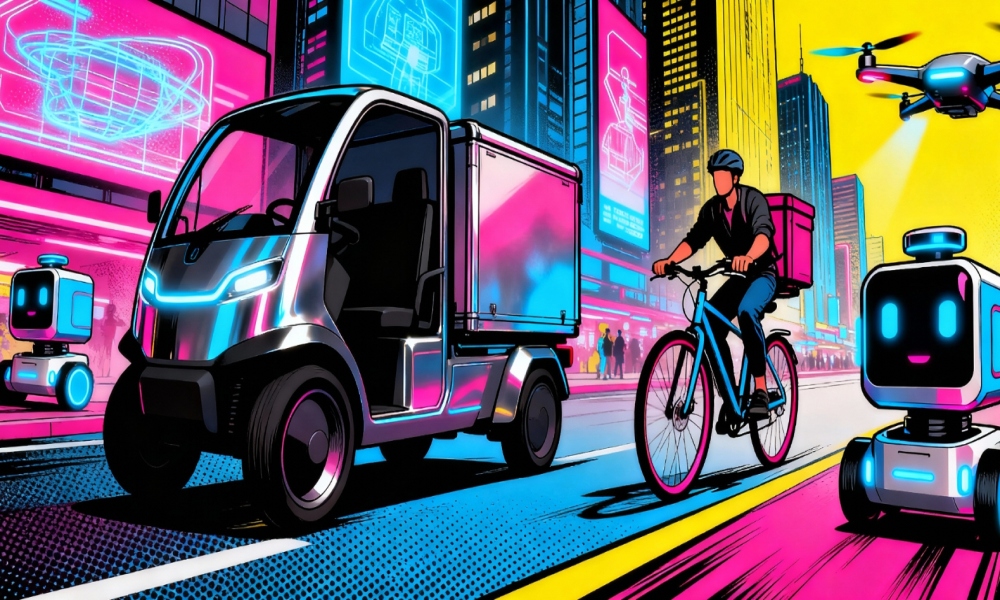
Smart Logistics
Logistics in the Digital Era
Every product we consume, every component that fuels industry and every parcel that arrives at our door relies on a complex web of supply chains that span cities, regions and continents.
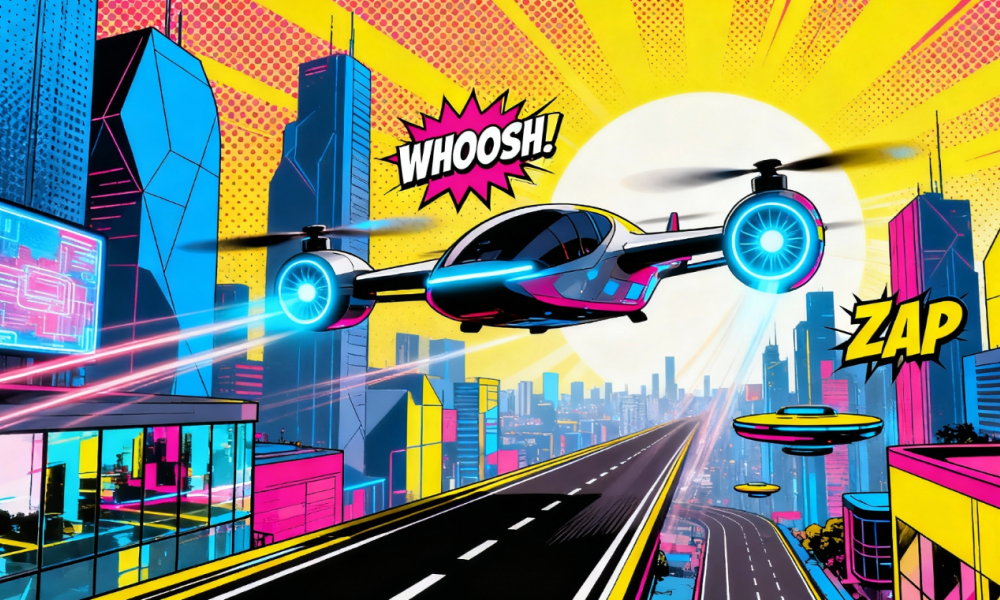
Beyond the Road
Enhancing Transport and Mobility
The question is no longer whether non road modes should evolve, but how innovation can accelerate sustainable, connected mobility across rail, air and water.

The Pay per Mile Mandate
The Chancellor's Pay-Per-Mile Mandate and the Future of Motoring Taxation
The UK's transition to electric vehicles (EVs) has long been heralded as a cornerstone of the nation's net-zero ambitions, promising cleaner air and a greener future. Yet, this environmental imperative has collided with a fiscal reality.

The Financial Burden
Local Highway Authorities - Making the most of their traffic infrastructure
The stark reality for many local highway authorities is that they don't have budgets to keep their existing equipment up-to-date, find out how to address skill shortages and strategic approaches to adopt for effective Intelligent Transport Systems.

Connected Vehicle Services
Connected Vehicle Services are set to shape the future of transport
At the recent TTF Autumn Update in Birmingham, Darren Capes and Jonathan Mann delivered a compelling presentation on the future of connected vehicle services in the UK.
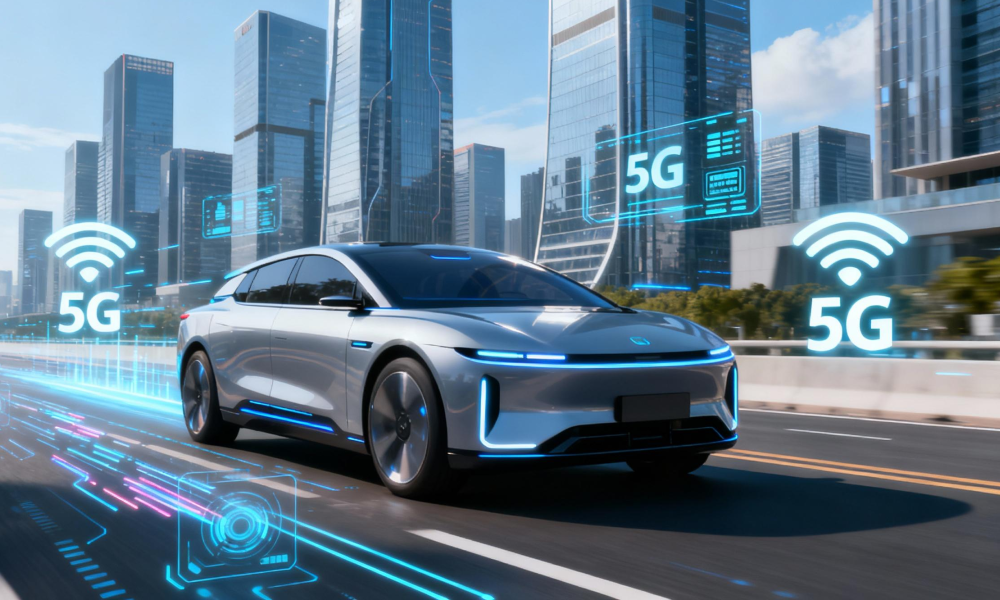
Bridging the Connectivity Gap
The compelling case for prioritising digital connectivity in the UK's transport strategy
As Connected and Automated Mobility technologies mature, the promise of safer, cleaner and more efficient mobility is fraught with technical, infrastructural and strategic challenges, chief among them, digital connectivity.
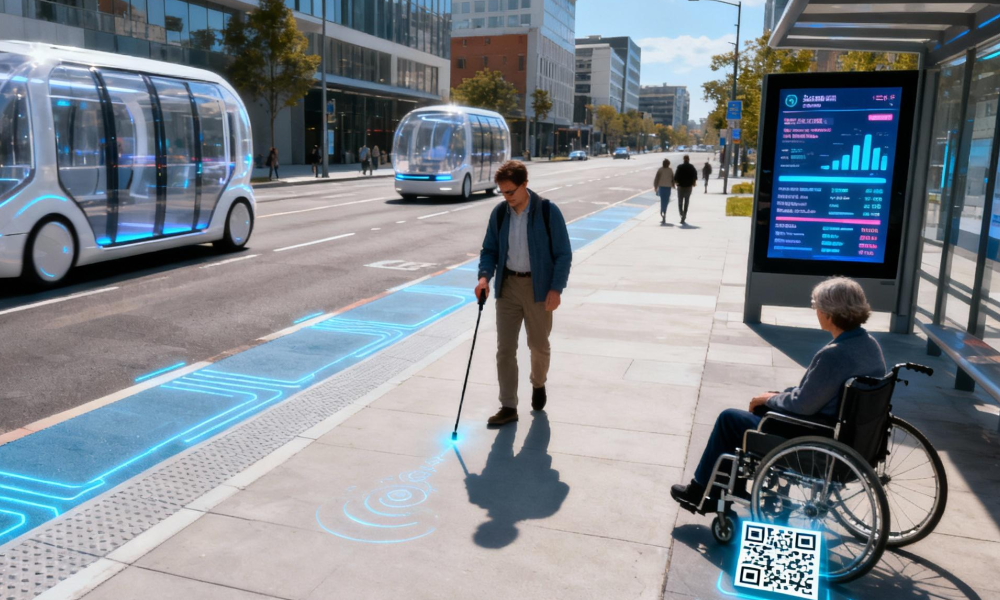
Paving The Way
How ITS can help create truly inclusive urban mobility
For decades, urban streets and public transport have presented significant, often prohibitive, barriers for individuals with mobility and sensory impairments, but now Intelligent Transport Systems (ITS) are poised to deliver the next revolution in accessibility.

Highways and AI
Separating Fact from Fiction
The highlights from a panel discussion at the 2025 Highways UK Conference, where Alistair spoke to leading figures in the industry to cut through the buzzwords and hype, and look at what the challenges are, and how AI could transform roads in the years ahead.

When Critical Controls Fail
Lessons for ITS from the Ahmedabad Air Crash
For the Intelligent Transport Systems (ITS) sector, which increasingly relies on interconnected, automated and safety critical technologies, the lessons from Ahmedabad are not just relevant they are imperative.

The Road to Relevance
A call to action for the ITS sector
The Intelligent Transport Systems (ITS) sector stands at a critical juncture. For decades, it has served as the silent architect of modern mobility.

The UK's ITS Market
A Landscape of Opportunity and Complexity for Foreign Entrants
The United Kingdom's Intelligent Transport Systems (ITS) market is in a state of dynamic transformation, driven by ambitious government strategies, significant public and private investment, along with a pressing need to create a more efficient, sustainable and resilient transport network.
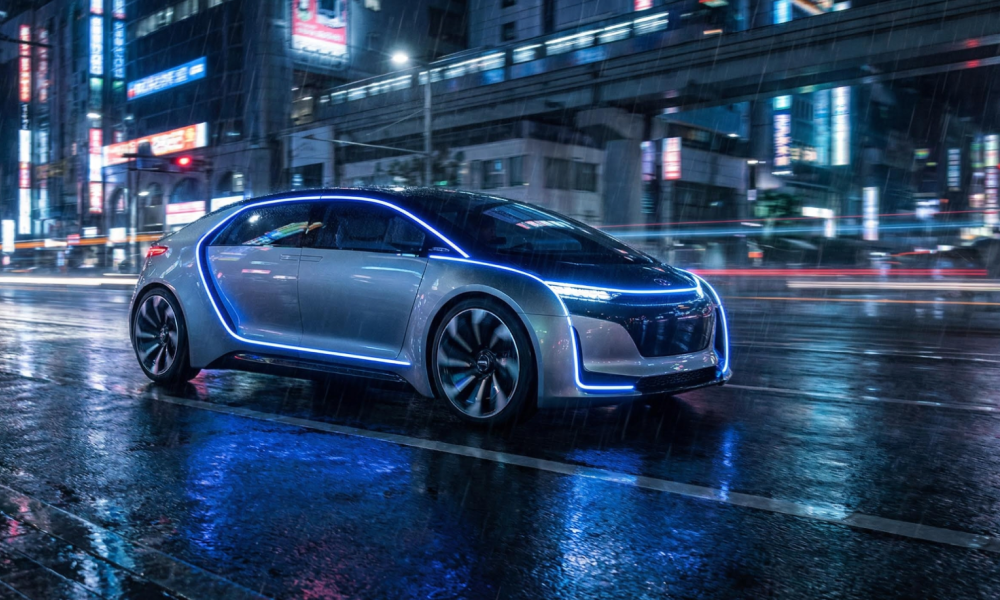
From Pilots to Permanence
CCAM Deployment Takes Centre Stage in a New Era of Mobility
The conversation surrounding Connected, Cooperative and Automated Mobility (CCAM) has fundamentally shifted.

DSRC versus 5G
A Crossroads for CAV/CCAM in ITS and Mobility
The evolution of Intelligent Transport Systems (ITS) and Cooperative, Connected, and Automated Mobility (CCAM) hinges critically on robust and reliable communication technologies.

The Unseen Barriers
Why ITS Technologies Face Public Mistrust and Vandalism
Despite the clear public benefits of ITS, a significant minority of people view these systems with suspicion, hostility and in some cases, outright vandalism.

AI at the wheel
Unpacking the UK's Blueprint for a Smarter Transport Future
The UK's Department for Transport has laid down the gauntlet with its new Transport AI Action Plan. This isn't just another policy paper; it's a comprehensive roadmap designed to embed Artificial Intelligence into the very fabric of the nation's transport system.

Navigating the Issues
Addressing the Top 5 Global Challenges Facing Intelligent Transport Systems
What are the issues that challenge the effective use and deployment of ITS across the world.

ITS That Works for Everyone
Addressing Societal Needs in Mobility and Logistics
In an era defined by rapid technological advancement, the integration of Intelligent Transport Systems (ITS) into our daily lives holds immense promise.

Detecting Vehicles with a Strand of Glass
From Discrete Sensing to Continuous Intelligence with Distributed Fibre-Optic Sensing (DFOS)
The arteries of modern society, our motorways and freeways, demand meticulous and proactive management to ensure the lifeblood of commerce and personal mobility flows unimpeded.

Beyond the 85th Percentile
Embracing the Extremes in Intelligent Transportation Systems
The foundation of Intelligent Transportation Systems (ITS) analysis rests heavily upon statistical measures, providing a framework for understanding and optimising traffic flow.

No push buttons on my crossing!
A solution may inadvertently create new issues
The observation of a signalised pedestrian crossing in Mutrah, Oman, devoid of a push button, presents a fascinating case study in urban traffic management.

Detail and Consistency in ITS Projects
Achieving successful ITS projects is a delicate balancing act, a constant negotiation between grand vision and granular execution.
The devil lies in the details and the achievement of consistency. It's a truth often overlooked in the rush to implement cutting-edge technologies and address pressing transportation challenges.

Lessons Learnt
What can we learn from undertaking ITS projects in less developed countries?
Implementing Intelligent Transport Systems (ITS) projects in less developed countries provides an illuminating lens through which to examine the fundamentals of successful technological deployment. These environments, often characterised by resource constraints and unique socio-cultural landscapes, expose the inherent vulnerabilities and critical dependencies that can undermine even the most well-intentioned projects.

Competing Standards
Balancing standards compliance with usability in ITS projects
Undertaking designs for Intelligent Transportation Systems (ITS) can be a delicate tightrope walk, requiring a nuanced understanding of the interplay between working in compliance of standards and the fluid demands of user-centricity.
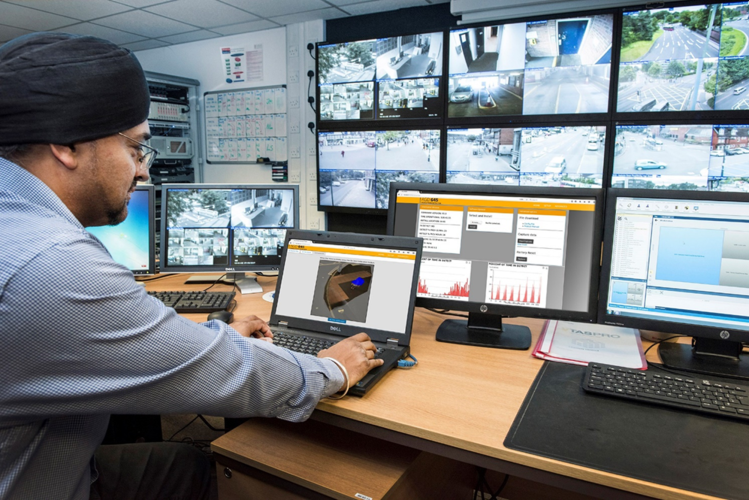
Traffic Technology and Smart Cities
How Might Traffic Management Systems Contribute To The Development Of Smart Cities?
So, what is a Smart City? A Smart City is an urban environment where infrastructure and services are interlinked using technology to improve the quality of life by enhancing their operation. For stakeholders, this interconnectivity provides a pathway to improve their services, whilst also accruing cost benefits by using shared infrastructure and data streams.

Carbon Conundrum
Despite lots of work to make our ITS installations more energy efficient, we will need to do more in order to attain Carbon Neutral or Net Zero credentials for these.
Over the past decade, technology manufacturers have made great strides in reducing the energy consumption of ITS equipment, the switch to modern electronics and LEDs has had a transformative impact on electrical consumption of installations, with many types achieving 80% savings when compared to traditional equipment.
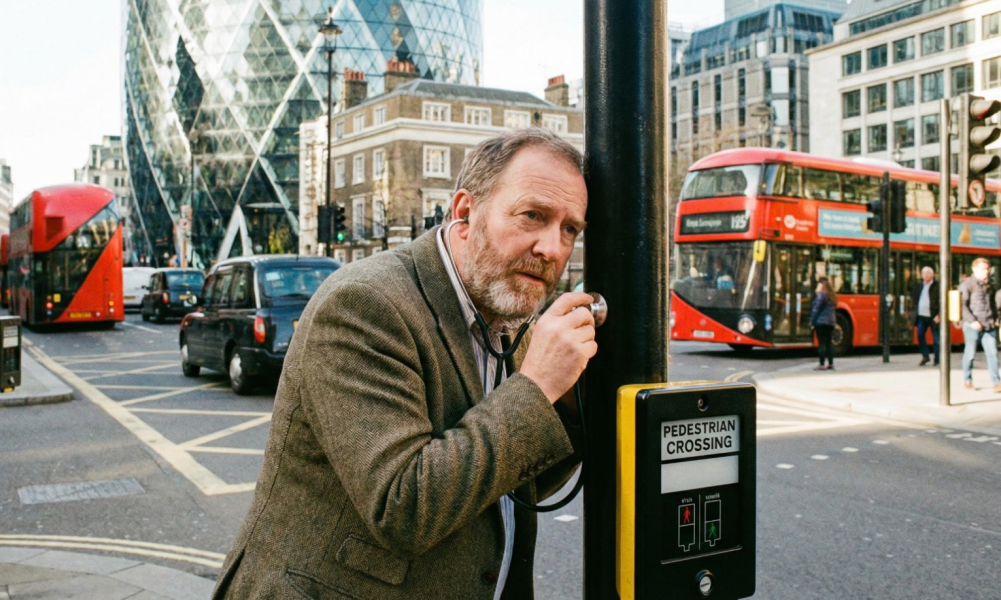
Ethics and Privacy in the Mobility Sector
What are the privacy and ethical implications that surround the use of data in the mobility sector?
The volume of information generated by Intelligent Transport Systems (ITS) and vehicles is likely to increase exponentially, especially following the introduction of Connected Autonomous Vehicles (CAV), mainly caused by the enormous amounts of data which these are likely to transact on a daily basis. So, how will the digital footprint that follows users across transport modes be protected to respect their privacy and ensure that they are not disadvantaged due to prejudice or commercial interest?
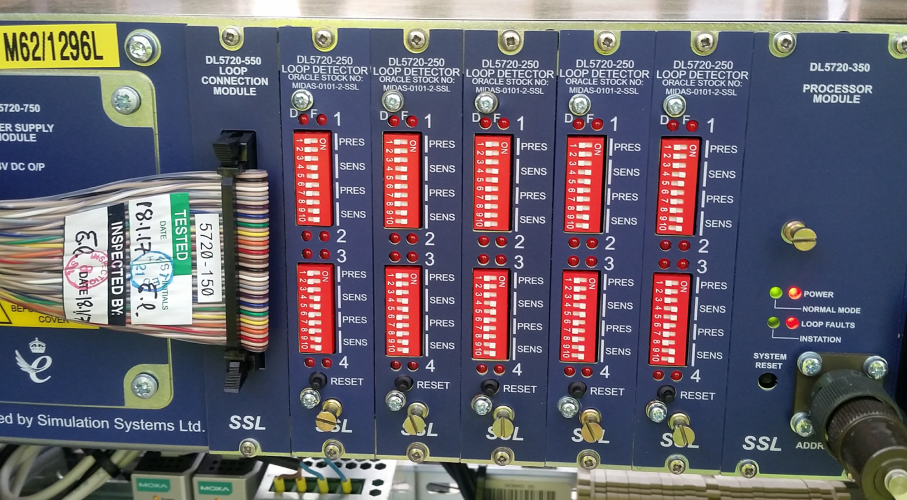
Introduction to Roadside Technology
An Overview Of Major Technologies Used To Control And Manage The Highway Network
Technologies have been used for many years to passively monitor activity on the highway, however over the years additional features have been added to assist in actively managing traffic, these range from informing users about current conditions, so that they can make their own decisions, such as automatically warning drivers of incidents using roadside variable message signs, through to compelling users to modify their driving, such as by implementing variable speed limits or by using enforcement cameras etc.
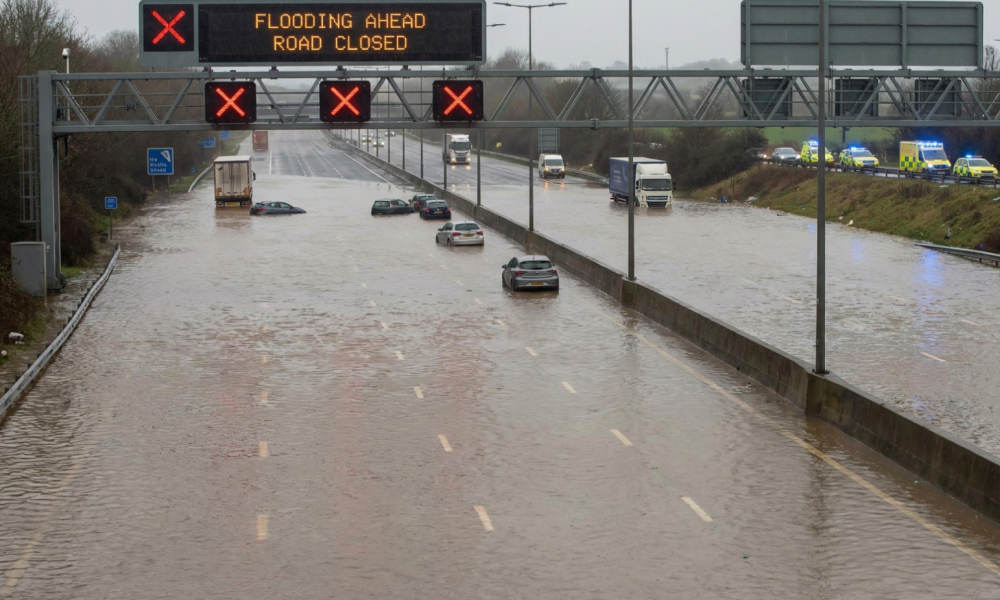
Climate Resilience
We are now witnessing the effect that global warming is having on the environment, with very diverse climatic events impacting the daily lives of people around the world.
This article examins the issues posed by the climate emergency for the deployment and operation of ITS equipment, with particular focus on the following areas: Appropriateness of traditional ITS platforms and equipment in a changing technology climate; Carbon Reduction in the construction and operation of equipment; Resilience to extreme natural events.

How should we use AI in Traffic Systems?
What strategies should be considered before implementing Artificial Intelligence (AI) features in traffic systems.
Within the ITS sector, we have seen increasing use of AI in equipment and systems used for traffic management. However, at this point, their application is rather sporadic and lacks a cohesive approach to their use to achieve a strategic implementation.

Technology and Active Travel
How can ITS help to support greater uptake of active modes of transport?
There has been for some years, a realisation that the way in which the finite capacity is apportioned in our busy urban streets will need to be reviewed to cope with the ever-increasing demands put on them. As a result, we have seen our streetscape gradually evolving to benefit the increasing number of members of the public who are using active transport modes, such as walking and cycling.
Copyright © ITS Now (All Rights Reserved)